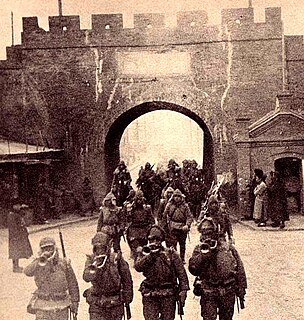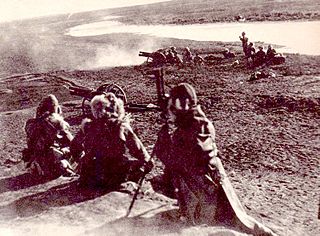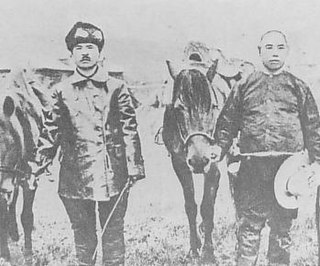 W
WThe Japanese invasion of Manchuria began on 18 September 1931, when the Kwantung Army of the Empire of Japan invaded Manchuria immediately following the Mukden Incident. At war’s end in February of 1932, the Japanese established the puppet state of Manchukuo. Their occupation lasted until the success of the Soviet Union and Mongolia with the Manchurian Strategic Offensive Operation in mid-August of 1945.
 W
WThe Jiangqiao campaign was a series of battles and skirmishes occurring after the Mukden Incident, during the invasion of Manchuria by the Imperial Japanese Army, prior to the Second Sino-Japanese War.
 W
WThe Jinzhou Operation or Chinchow Operation was an operation in 1931 during the Japanese invasion of Manchuria, which was a preliminary, contributing factor to the outbreak of the Second Sino-Japanese War in 1937.
 W
WLytton Report are the findings of the Lytton Commission, entrusted in 1931 by the League of Nations in an attempt to evaluate the Mukden Incident, which led to the Empire of Japan's seizure of Manchuria.
 W
WThe Mukden Incident, or Manchurian Incident, was an event staged by Japanese military personnel as a pretext for the 1931 Japanese invasion of Manchuria.
 W
WThe Nakamura Incident refers to the extrajudicial killing of Imperial Japanese Army Captain Shintarō Nakamura and three others, on 27 June 1931 by Chinese soldiers in Manchuria.
 W
WThe Resistance at Nenjiang Bridge was a small battle fought between forces of the Chinese National Revolutionary Army against the Imperial Japanese Army and collaborationist forces, after the Mukden Incident during the Invasion of Manchuria in 1931, prior to the start of the Second Sino-Japanese War. It marked the start of the Jiangqiao Campaign.
 W
WThe Wanpaoshan Incident was a minor dispute between Chinese and Korean farmers which occurred on 1 July 1931, before the Mukden Incident.